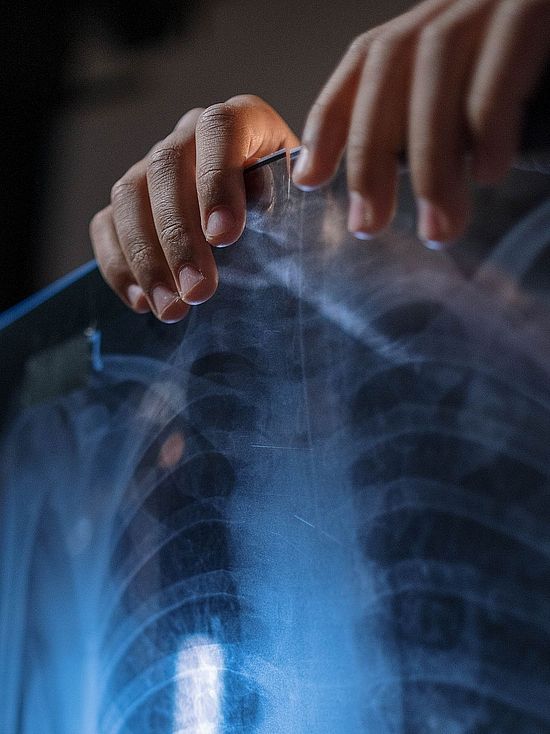SaDAPT: Same-day vs Rapid ART Initiation in HIV-positive Individuals Presenting With Symptoms of TB

SaDAPT is a randomized controlled trial in Lesotho and Malawi investigating when to start antiretroviral therapy in persons testing positive for HIV and simultaneously showing symptoms of a possible TB infection.
Rapid, if possible same-day initiation (SDI) of antiretroviral therapy (ART) is recommended for all persons living with HIV (PLHIV) without contraindication who are ready to start treatment. A possible contraindication to initiating ART is the presence of an untreated tuberculosis (TB) infection as it increases the risk of TB-associated immune reconstitution inflammatory syndrome (TB-IRIS) after ART initiation. In case of TB symptoms (presumptive TB), previous guidelines recommended to postpone ART initiation until investigations for active TB infection have been completed to avoid initiating ART in presence of untreated TB and thus reduce the risk of TB-IRIS. However, the 2021 guidelines of the World Health Organization (WHO) changed to recommending rapid or SDI even in case of TB symptoms without awaiting results of TB diagnostic tests based on the assumption that TB tests often unnecessarily delay ART initiation increasing the risk for pre-ART attrition from care while the clinical relevance of TB-IRIS outside the central nervous system remains unclear. To date, there is no conclusive evidence about whether SDI of ART or TB test results should be prioritized in PLHIV with presumptive TB.
SaDAPT is a two arm, individually randomized, pragmatic trial comparing two approaches for the timing of ART initiation in PLHIV with presumptive TB (“ART first” versus “TB results first”). PLHIV in Lesotho and Malawi, aged 12 years and older (re)initiating ART who have at least one of TB symptom (cough, fever, night sweats or weight loss) and who do not have signs of meningitis are eligible. Participants in the “ART first” arm will be offered SDI of ART while those in the “TB results first” arm will be offered ART only after results of TB tests are available.
We hypothesize that the “ART first” approach is safe and non-inferior to the “TB results first” approach with regard to HIV viral suppression (<400 copies/ml) six months after enrolment. Secondary outcomes include retention in care and adverse events consistent with TB-IRIS.





